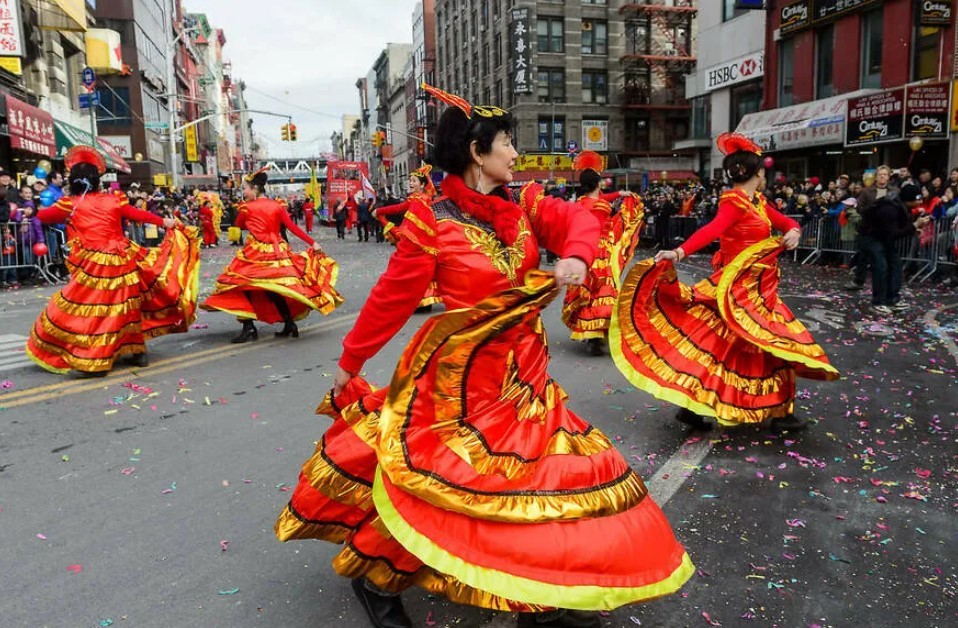Lunar calendar 2021 – Moon Phases 2021 – Chinese Calendar in Full Detail
 |
| Photo: LoveToKnow |
What is the Chinese Calendar?
Chinese calendar, Lunar calendar, Yin calendar, Xia calendar or the old Chinese calendar has a zodiac sign, 12 or 13 months and each month have 29 or 30 days. If there are 12 months, there will be 354 or 355 days in a year; if 13 months, there will be 383 or 384 days.
Each time the moon moves into a line with the earth and the sun, a new month begins and this is called 'Chu Yi' or 'Shuo Ri', meaning the first day of a lunar month. When the full moon appears, it is the middle of the month. The time of a full moon circle is a little more than 29 days, so one month has 29 days or 30 days. There are 12 – 13months in a lunar year. The month with its first day nearest the Beginning of Spring (the first solar term) is the first lunar month, and on that day the Spring Festival is held and this varies between January 20th and February 20th.
Just as the Gregorian calendar has a leap year in order to compensate for the fact that the earth does not travel around the sun in exactly 365 days, the Chinese calendar is adjusted so as to ensure that it bears a proper relationship with the apparent movement of the sun between the northern and southern tropics. People in ancient times concluded that there is a 19-year cycle. And within this cycle, certain days will equate with the lunar day. For example, in 1963, 1982, and 2001, May 28th coincided with the sixth day of the fourth month in the lunar year.
 |
| Photo: Stottilien |
Why the Chinese Calendar is important?
Although China uses the Gregorian (global) calendar for most official and business purposes, the Chinese calendar is still used to determine the days of traditional festivals, such as Chinese New Year and Mid-Autumn. It is used by some for celebrating birthdays, and even for agriculture (when to plow, plant, harvest, etc.) and how the Chinese view the four seasons. The Chinese calendar is still popular among the Chinese people for Chinese zodiac horoscopes and choosing auspicious days for weddings, funerals, relocation, etc. It is also used by other East Asian countries including Korea, Vietnam, Thailand, and Japan, according to China Highlights.
All traditional Chinese festivals are decided according to the lunar calendar. For example, Spring Festival is the first day of a lunar year, Dragon Boat Festival is on May 5th, and Mid-Autumn Festival is on August 15th in the lunar calendar. In daily life, Chinese people usually choose a lucky day in the Chinese calendar before important activities such as marriage proposal, wedding, praying for pregnancy, and traveling.
Based on the Chinese lunar calendar, Heavenly Stems and Earthly Branches are developed which is used to calculate years. The 10 heavenly stems are Jia, Yi, Bing, Ding, Wu, Ji, Geng, Xin, Ren, Gui and the 12 earthly branches are Zi, Chou, Yin, Mao, Chen, Si, Wu, Wei, Shen, You, Xu, Hai. Every lunar year has a name combined by 1 heavenly stem and 1 earthly branch. For example, 2020 is Geng Zi year and 2021 is Xin Chou year. When every lunar new year comes, the heavenly stems and earthly branches turn to the next one and combine a new name. And it has a 60-year cycle.
Ancient Chinese believed the universe was composed of five elements, namely metal, wood, water, fire, and earth. Chinese like to find out their element using their birth date in the lunar calendar and predict their life horoscope, like what career they are suitable for and what kind of people they are supposed to marry, said Travel China Guide.
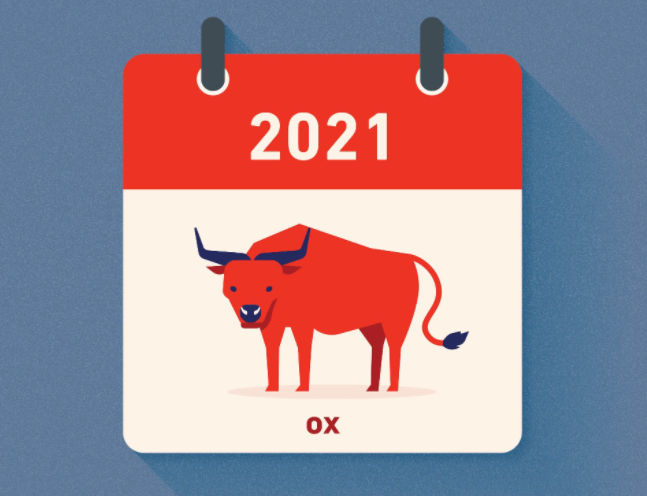 |
| Photo: Readers' Digest |
History of Chinese Lunar Calendar
The lunar calendar has a very long history going back to the Xia (21st century BC - 16th century BC) and Shang Dynasty (16th century BC - 11th century BC). Roughly speaking, it has existed for more than 4,000 years. It is based on a unique combination of astronomy and geography through observation and exploration.
Following its creation in the Xia Dynasty, succeeding reigns continued to use the calendar but modified it from time to time. The Han Dynasty (202 BC - 220 AD) rulers instituted the Taichu calendar, while during Tang Dynasty (618 - 907 AD) the Huangji calendar was introduced and it was adopted by Japan, Korea, and Vietnam.
The Chinese calendar is a lunisolar calendar that is calculated according to the movement of the moon and the sun. The gregorian calendar is calculated by the movement of the sun; when the earth goes around the sun for one circle, it is one year. Generally speaking, the lunar calendar is 20 – 50 days later than the Gregorian calendar.
Lunar Calendar for 2021
2021 is the Year of the Ox according to the Chinese zodiac. This is a Year of Metal Ox, starting from Feb. 12, 2021 (Chinese New Year) and lasting to Jan. 31, 2022.
Oxen used to be a capable farming tool in an agricultural society, which attaches to the symbol of diligence, persistence, and honesty. In Chinese culture, Ox is a faithful friend that made great contributions to the development of society. Like the ox, people born in the Year of the Ox are industrious, cautious, hold their faith firmly, and always glad to offer help.
Below is the full lunar calendar of 2021.
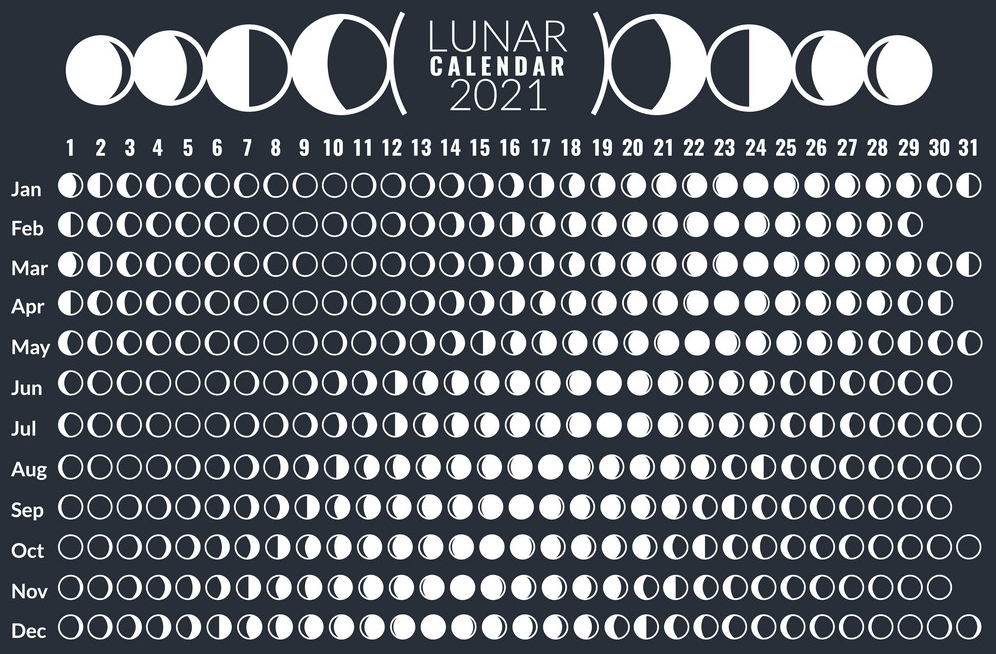 |
| Photo: Vector Stock |
Phases of the moon
The Chinese calendar can seem very foreign and complicated if you are new to it, but basically, it just counts the moon cycles from one "spring" (Chinese New Year) to the next. The Chinese calendar is based on lunar cycles or phases of the moon. Chinese months begin with the new moon and have a full moon on day 15. As a new moon comes roughly every 29½ days, Chinese calendar months always have 29 or 30 days.
The moon, like Earth, is a sphere, and it is always half-illuminated by the sun. As the moon travels around Earth, we see more or less of the illuminated half. The moon's phases describe how much of the moon's disk is illuminated from our perspective.
New moon: The moon is between Earth and the sun, and the side of the moon facing toward us receives no direct sunlight; it is lit only by dim sunlight reflected from Earth.
Waxing crescent: As the moon moves around Earth, the side we can see gradually becomes more illuminated by direct sunlight.
First quarter: The moon is 90 degrees away from the sun in the sky and is half-illuminated from our point of view. We call it "first quarter" because the moon has traveled about a quarter of the way around Earth since the new moon.
Waxing gibbous: The area of illumination continues to increase. More than half of the moon's face appears to be getting sunlight.
Full moon: The moon is 180 degrees away from the sun and is as close as it can be to being fully illuminated by the sun from our perspective. The sun, Earth and the moon are aligned, but because the moon’s orbit is not exactly in the same plane as Earth’s orbit around the sun, they rarely form a perfect line. When they do, we have a lunar eclipse as Earth's shadow crosses the moon's face.
Waning gibbous: More than half of the moon's face appears to be getting sunlight, but the amount is decreasing.
Last quarter: The moon has moved another quarter of the way around Earth, to the third quarter position. The sun's light is now shining on the other half of the visible face of the moon.
Waning crescent: Less than half of the moon's face appears to be getting sunlight, and the amount is decreasing.
Finally, the moon is back to its new moon starting position. Now, the moon is between Earth and the sun. Usually, the moon passes above or below the sun from our vantage point, but occasionally it passes right in front of the sun, and we get a solar eclipse.
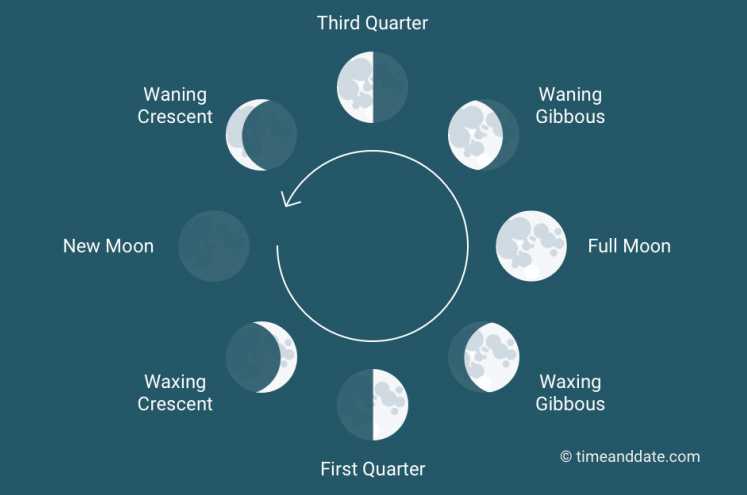 |
| Photo: Time and Date |
Moon Phases 2021
January
| Moon phase | Date | Time | Distance to earth |
|---|---|---|---|
| Last quarter | January 6, 2021 | 02:38:35 AM | 226,614 miles |
| New moon | January 12, 2021 | 10:02:37 PM | 234,586 miles |
| First quarter | January 20, 2021 | 02:03:35 PM | 251,781 miles |
| Full moon | January 28, 2021 | 12:18:35 PM | 238,592 miles |
February
| Last quarter | February 4, 2021 | 10:38:42 AM | 225,771 miles |
| New moon | February 11, 2021 | 12:08:11 PM | 240,601 miles |
| First quarter | February 19, 2021 | 11:49:06 AM | 251,290 miles |
| Full moon | February 27, 2021 | 01:19:36 AM | 232,832 miles |
March
| Last quarter | March 5, 2021 | 06:32:00 PM | 227,337 miles |
| New moon | March 13, 2021 | 03:23:32 AM | 246,297 miles |
| First quarter | March 21, 2021 | 07:41:46 AM | 247,918 miles |
| Full moon | March 28, 2021 | 11:50:04 AM | 228,465 miles |
April
| Last quarter | April 4, 2021 | 03:04:12 AM | 231,039 miles |
| New moon | April 11, 2021 | 07:32:56 PM | 250,386 miles |
| First quarter | April 20, 2021 | 12:00:01 AM | 242,669 miles |
| Full moon | April 26, 2021 | 08:33:04 PM | 226,098 miles |
May
| Last quarter | May 3, 2021 | 12:51:43 PM | 236,242 miles |
| New moon | May 11, 2021 | 12:01:33 PM | 251,964 miles |
| First quarter | May 19, 2021 | 12:13:13 PM | 236,868 miles |
| Full moon | May 26, 2021 | 04:14:51 AM | 225,959 miles |
June
| Last quarter | June 2, 2021 | 12:26:04 AM | 242,011 miles |
| New moon | June 10, 2021 | 03:54:05 AM | 250,735 miles |
| First quarter | June 17, 2021 | 08:54:44 PM | 231,660 miles |
| Full moon | June 24, 2021 | 11:40:14 AM | 228,003 miles |
July
| Last quarter | July 1, 2021 | 02:12:39 PM | 247,243 miles |
| New moon | July 9, 2021 | 06:17:43 PM | 247,051 miles |
| First quarter | July 17, 2021 | 03:11:37 AM | 227,841 miles |
| Full moon | July 23, 2021 | 07:37:27 PM | 231,943 miles |
| Last quarter | July 31, 2021 | 06:18:16 AM | 250,842 miles |
August
| New moon | August 8, 2021 | 06:50:46 AM | 241,780 miles |
| First quarter | August 15, 2021 | 08:21:04 AM | 225,915 miles |
| Full moon | August 22, 2021 | 05:02:15 AM | 237,230 miles |
| Last quarter | August 30, 2021 | 12:15:02 AM | 251,953 miles |
September
| New moon | September 6, 2021 | 05:52:01 PM | 236,031 miles |
| First quarter | September 13, 2021 | 01:41:20 PM | 226,155 miles |
| Full moon | September 20, 2021 | 04:54:44 PM | 243,024 miles |
| Last quarter | September 28, 2021 | 06:58:24 PM | 250,220 miles |
October
| New moon | October 6, 2021 | 04:05:44 AM | 230,883 miles |
| First quarter | October 12, 2021 | 08:27:35 PM | 228,609 miles |
| Full moon | October 20, 2021 | 07:57:41 AM | 248,172 miles |
| Last quarter | October 28, 2021 | 01:06:44 PM | 245,969 miles |
November
| New moon | November 4, 2021 | 02:15:26 PM | 227,240 miles |
| First quarter | November 11, 2021 | 05:48:22 AM | 233,039 miles |
| Full moon | November 19, 2021 | 01:59:41 AM | 251,391 miles |
| Last quarter | November 27, 2021 | 05:29:51 AM | 240,185 miles |
December
| New moon | December 4, 2021 | 12:44:30 AM | 225,757 miles |
| First quarter | December 10, 2021 | 06:37:32 PM | 238,815 miles |
| Full moon | December 18, 2021 | 09:37:58 PM | 251,726 miles |
| Last quarter | December 26, 2021 | 07:26:00 PM | 234,215 miles |
In 2021, we’ll experience a total lunar eclipse on May 26 and an almost-total one on Nov. 19, with the second eclipse especially being viewable in the U.S. and Canada. On June 10, a “ring of fire” annular eclipse takes place. The moon passes in front of the sun but doesn’t cover its entire disk, causing a ring of sunlight to be viewable from parts of North America. A total eclipse of the sun occurs on Dec. 4, but will only be seen in full from Antarctica.
We’ll have four supermoons on March 28, April 27, May 26 and June 24. Supermoons occur when the full moon happens during a point in the moon’s orbit when it’s closer to earth than it is on average. It isn’t a scientific term but it’s exciting to see because the moon looks brighter and larger than usual.
| In 2021, we’ll experience a total lunar eclipse on May 26 and an almost-total one on Nov. 19, with the second eclipse especially being viewable in the U.S. and Canada. On June 10, a “ring of fire” annular eclipse takes place. The moon passes in front of the sun but doesn’t cover its entire disk, causing a ring of sunlight to be viewable from parts of North America. A total eclipse of the sun occurs on Dec. 4, but will only be seen in full from Antarctica. We’ll have four supermoons on March 28, April 27, May 26 and June 24. Supermoons occur when the full moon happens during a point in the moon’s orbit when it’s closer to earth than it is on average. It isn’t a scientific term but it’s exciting to see because the moon looks brighter and larger than usual. |
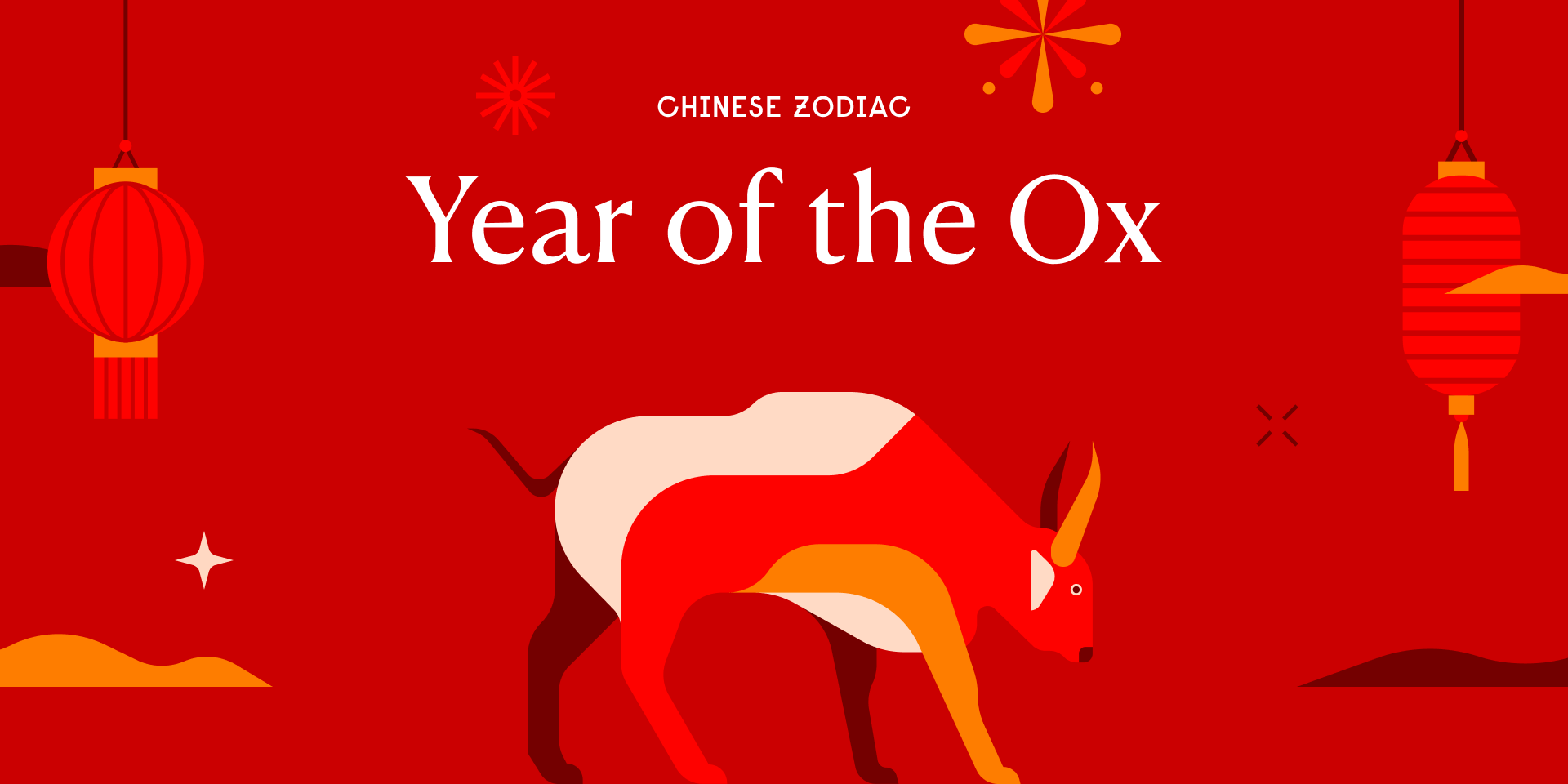 Chinese Lunar New Year 2021: Facts about the year of OX, Traditions, Customs Chinese Lunar New Year 2021: Facts about the year of OX, Traditions, Customs Chinese New Year is annually celebrated between January and February and the occasion is commonly found in Asia with many ways to celebrate according to ... |
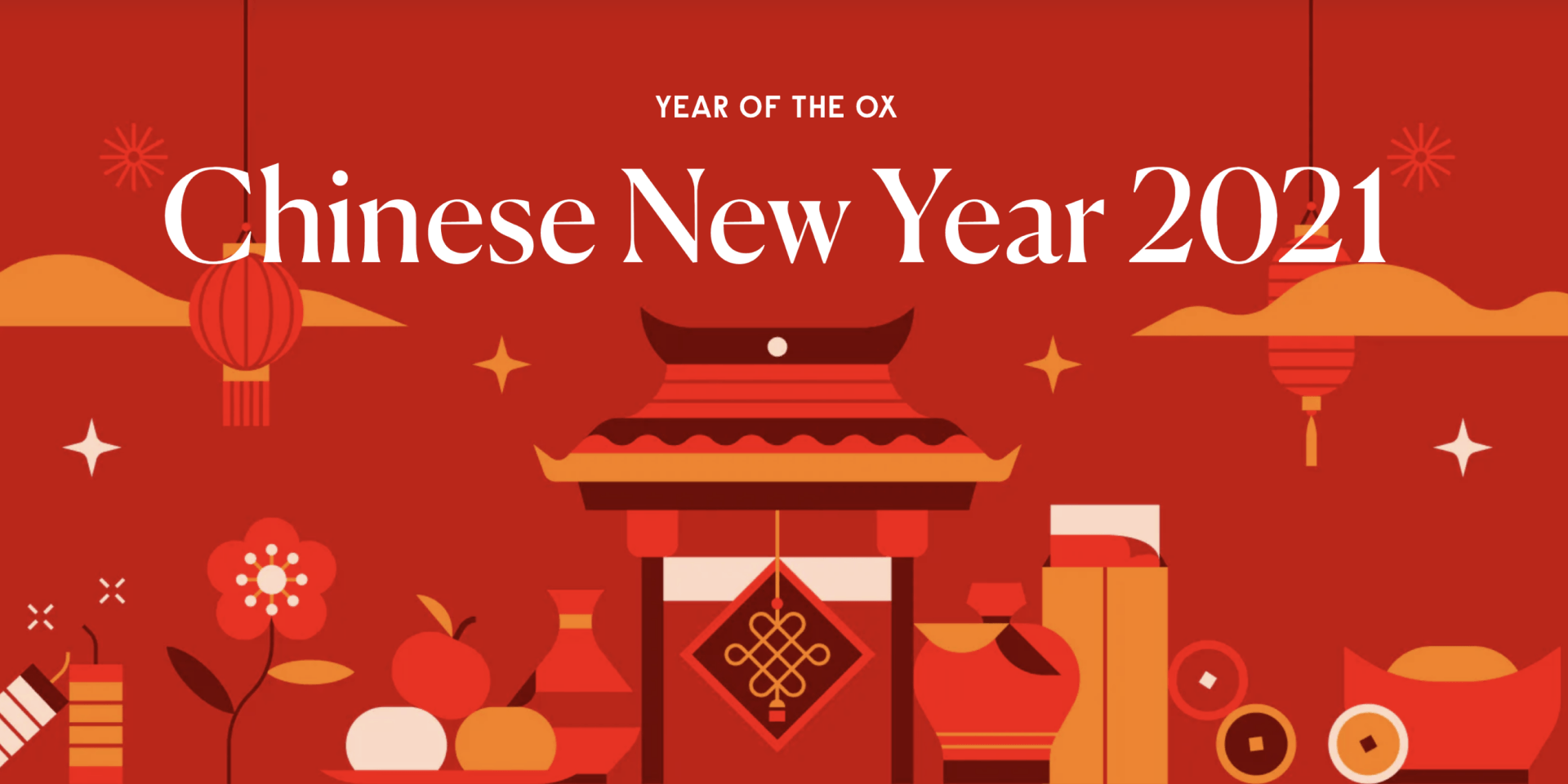 Chinese Lunar New Year 2021: Red Costumes, Tips to Wear For a Lucky Year Chinese Lunar New Year 2021: Red Costumes, Tips to Wear For a Lucky Year Chinese New Year, Lunar New Year, is around the corner! Wishing you a lucky 2021 and a full-of-happiness year with those recommended clothes and ... |
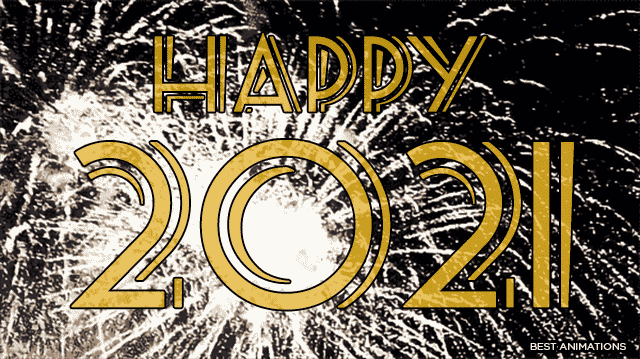 Chinese Lunar New Year 2021: How to Say Happy New Year in 35 Languages, Best Wishes, Quotes and Greetings Chinese Lunar New Year 2021: How to Say Happy New Year in 35 Languages, Best Wishes, Quotes and Greetings Chinese Lunar New Year 2021: ALL around the world, New Year's Day is celebrated - but how we wish each other a Happy New Year ... |



